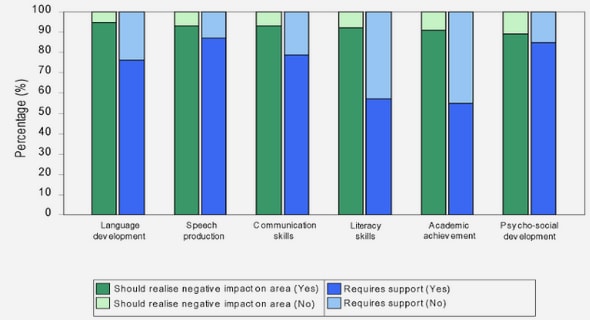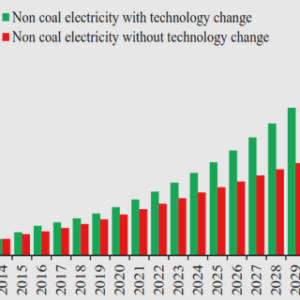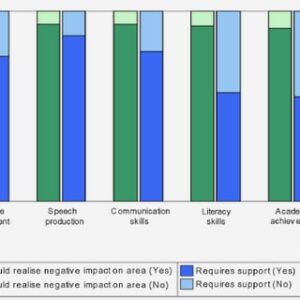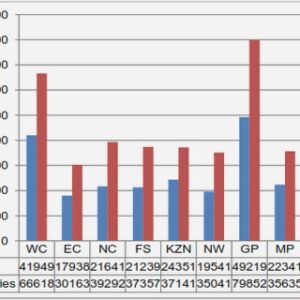(Downloads - 0)
For more info about our services contact : help@bestpfe.com
Table of contents
Introduction
Chapter 1. Literature review
1. Fuel Cell and Its Current Status
1.1. Fuel Cells (FCs)
1.2. Proton Exchange Membrane Fuel Cells (PEMFCs)
1.3. PEM Functions and Its Requirements
1.4. Commercializing Barriers of PEMFCs
2. Nafion based PEMs
2.1. Introduction
2.2. Morphology of Nafion
2.3. Alternative Ionomers to PFSA
3. Aromatic Ionomers – A Promising Alternative to Nafion
3.1. Ionomers with Sulfonic Acid Directly Attached to Polymer Backbone
3.1.1. SO3H Attached to ‘Ortho-to-Ether’ Positions
3.1.1.1. Post-Sulfonation
3.1.1.2. Bottom-up Copolymerization
3.1.2. SO3H Attached to Positions other than ‘Ortho-to-Ether’
3.1.3. Conclusions
3.2. Ionomers with Sulfonic Acid Attached to Fluorenyl Groups
3.2.1. Homopolymers and Random Copolymers
3.2.2. Multi-Block Copolymers
3.2.3. Conclusions
3.3. Ionomers with Sulfonic Functions Spaced from Backbone
3.3.1. Ionic Functions Spaced by a Phenylene Spacer
3.3.1.1. Spacer Directly Connected to Main Chain
3.3.1.2. Spacer Connected via Ketone Bridge
3.3.1.3. Conclusions
3.3.2. Ionic Functions Spaced by an Alkyl Spacer
3.3.3. Ionic Functions Spaced by a Perfluoroalkyl Spacer
3.3.3.1. Influence of Main Chain Structure
3.3.3.2. Influence of Side Chain Structure
3.3.3.3. Influence of Counter Cation
3.3.3.4. Conclusions
3.4. Ionomers with Sulfonimide-based Acidic Moieties
3.5. Overall Conclusions and Thesis Objectives
Chapter 2
Chapter 2A
1. Introduction
2. Experimental Section
2.1. Materials
2.2. Column Preparation and IGC Setup
2.3. Preparation of ps-PES and InX/Y Membranes
2.4. Water Uptake
2.5. Proton Conductivity
2.6. Differential Scanning Calorimetry (DSC)
2.7. Small Angle Neutron Scattering (SANS)
2.8. NMR Spectroscopy
2.9. Gas Permeability
2.10. Dynamic Mechanical Analysis (DMA)
3. Results and Discussion
3.1. Solvent Selectivity
3.2. Morphology of PEMs
3.3. Thermo-Mechanical Properties
3.4. Water Uptake and Conductivity
3.4.1. “As-Casting Membranes”
3.4.1.1. Water Uptake
3.4.1.2. Conductivity
3.4.2. Annealed Membranes
3.4.2.1. Conductivities and Water Uptakes
4. Conclusions
Chapter 2B
1. Introduction
2. Materials and Methods
2.1. Materials
2.2. Membrane Preparation
2.3. Small Angle Neutron Scattering (SANS)
2.4. Conductivity Measurements
2.5. Proton Diffusion Coefficients
3. Results and Discussion
3.1. Main Morphological Features of Block Copolymers
3.2. Transport Properties
3.3. Structure-to-Transport Correlations
4. Conclusions
Chapter 3
1. Introduction
2. Experimental Section
2.1. Materials
2.2. Membrane Preparation
2.3. Water Uptake
2.4. Differential Scanning Calorimetry (DSC)
2.5. Dynamic Mechanical Analysis (DMA)
2.6. Small-Angle Neutron Scattering (SANS)
2.7. Proton Conductivity of Membranes
3. Results and Discussion
3.1. Thermomechanical Properties
3.2. Water Uptake
3.3. Proton Conductivity
3.4. Morphology of Hydrated Blend PEMs
3.5. Dilution laws
3.6. Morphological Model of Blend Membranes
4. Conclusions
Chapter 4
1. Introduction
2. Experimental Section
2.1. Materials
2.2. Synthesis of Ionomers
2.2.1. Synthesis of Perfluorosulfonimide Ionic Compound (I-psiLi)
2.2.2. Synthesis of PES-FPES, BrPES-FPES, and Si Ionomers
2.3. Membrane Preparation
2.3.1. SiX/Y Membranes
2.3.2. Nafion Membranes
2.4. Characterization
2.4.1. NMR Spectroscopy
2.4.2. Ion-Exchange Capacity (IEC)
2.4.3. SEC-MALLS
2.4.4. Water Uptake
2.4.5. Density Measurement
2.4.6. Differential Scanning Calorimetry (DSC)
2.4.7. Thermal Gravimetrical Analysis (TGA)
2.4.8. Dynamic Mechanical Analysis (DMA)
2.4.9. Water Sorption
2.4.10. Proton Conductivity
2.4.11. Small Angle Neutron Scattering (SANS)
2.4.12. Proton Diffusion Coefficients
3. Results and Discussion
3.1. Synthesis of SiX/Y Ionomers
3.2. Thermal and Thermomechanical Properties
3.3. Morphology
3.4. Water Uptake and Proton Conductivity
4. Conclusions
Overall Conclusions and Perspectives
1. Conclusions
2. Perspectives
Annexes



